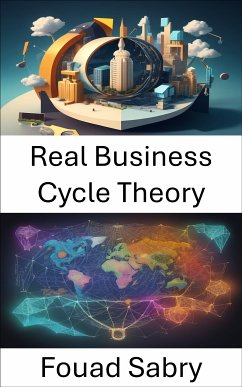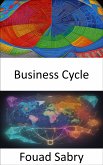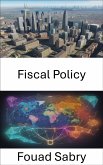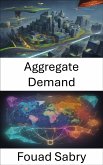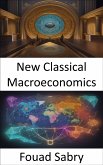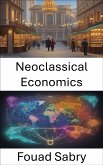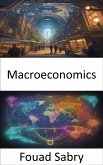What is Real Business Cycle Theory
Real business-cycle theory is a class of new classical macroeconomics models in which business-cycle fluctuations are accounted for by real shocks. Unlike other leading theories of the business cycle, RBC theory sees business cycle fluctuations as the efficient response to exogenous changes in the real economic environment. That is, the level of national output necessarily maximizes expected utility, and governments should therefore concentrate on long-run structural policy changes and not intervene through discretionary fiscal or monetary policy designed to actively smooth out economic short-term fluctuations.
How you will benefit
(I) Insights, and validations about the following topics:
Chapter 1: Real business-cycle theory
Chapter 2: Keynesian economics
Chapter 3: Macroeconomics
Chapter 4: Recession
Chapter 5: New Keynesian economics
Chapter 6: Real versus nominal value (economics)
Chapter 7: Business cycle
Chapter 8: Aggregate demand
Chapter 9: Procyclical and countercyclical variables
Chapter 10: Robert Hall (economist)
Chapter 11: Economic stability
Chapter 12: Dynamic stochastic general equilibrium
Chapter 13: Neoclassical synthesis
Chapter 14: New classical macroeconomics
Chapter 15: Great Moderation
Chapter 16: Demand-led growth
Chapter 17: Stock market cycle
Chapter 18: History of macroeconomic thought
Chapter 19: Welfare cost of business cycles
Chapter 20: Regression analysis
Chapter 21: Economic recession in Iran
(II) Answering the public top questions about real business cycle theory.
(III) Real world examples for the usage of real business cycle theory in many fields.
Who this book is for
Professionals, undergraduate and graduate students, enthusiasts, hobbyists, and those who want to go beyond basic knowledge or information for any kind of Real Business Cycle Theory.
Real business-cycle theory is a class of new classical macroeconomics models in which business-cycle fluctuations are accounted for by real shocks. Unlike other leading theories of the business cycle, RBC theory sees business cycle fluctuations as the efficient response to exogenous changes in the real economic environment. That is, the level of national output necessarily maximizes expected utility, and governments should therefore concentrate on long-run structural policy changes and not intervene through discretionary fiscal or monetary policy designed to actively smooth out economic short-term fluctuations.
How you will benefit
(I) Insights, and validations about the following topics:
Chapter 1: Real business-cycle theory
Chapter 2: Keynesian economics
Chapter 3: Macroeconomics
Chapter 4: Recession
Chapter 5: New Keynesian economics
Chapter 6: Real versus nominal value (economics)
Chapter 7: Business cycle
Chapter 8: Aggregate demand
Chapter 9: Procyclical and countercyclical variables
Chapter 10: Robert Hall (economist)
Chapter 11: Economic stability
Chapter 12: Dynamic stochastic general equilibrium
Chapter 13: Neoclassical synthesis
Chapter 14: New classical macroeconomics
Chapter 15: Great Moderation
Chapter 16: Demand-led growth
Chapter 17: Stock market cycle
Chapter 18: History of macroeconomic thought
Chapter 19: Welfare cost of business cycles
Chapter 20: Regression analysis
Chapter 21: Economic recession in Iran
(II) Answering the public top questions about real business cycle theory.
(III) Real world examples for the usage of real business cycle theory in many fields.
Who this book is for
Professionals, undergraduate and graduate students, enthusiasts, hobbyists, and those who want to go beyond basic knowledge or information for any kind of Real Business Cycle Theory.
Dieser Download kann aus rechtlichen Gründen nur mit Rechnungsadresse in A, B, BG, CY, CZ, D, DK, EW, E, FIN, F, GR, H, IRL, I, LT, L, LR, M, NL, PL, P, R, S, SLO, SK ausgeliefert werden.

